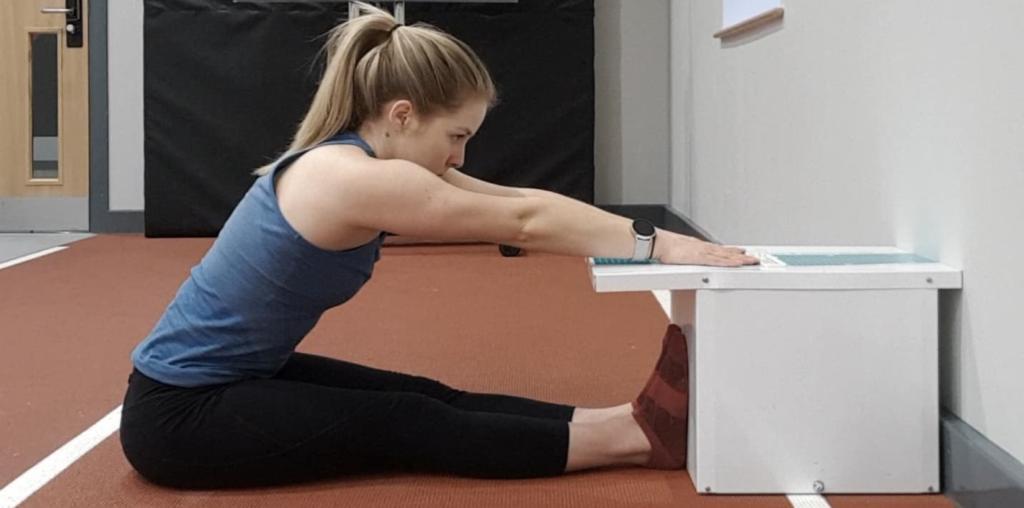
Sit and Rise Test May Show Heart Risk: Study
As we age, our bodies undergo a range of physical changes that can affect our daily lives. One of the most significant changes is the loss of mobility and flexibility, making everyday activities like sitting and standing more challenging. A new study published in the European Journal of Cardiology has revealed that this struggle can be a significant indicator of heart disease risk, even in middle-aged and older adults.
The study, which involved over 2,000 participants aged between 40 and 85, found that those who struggled to sit and rise from the floor without using their hands or support were more likely to die from heart disease and other causes. In fact, those with the lowest scores on the sit and rise test had a whopping 6 times greater risk of death compared to those who performed the test with ease.
So, what is the sit and rise test, and how can it be used to predict heart disease risk? In this blog post, we’ll delve into the findings of the study, explore the potential implications for public health, and provide some practical tips for incorporating this simple test into your daily routine.
What is the Sit and Rise Test?
The sit and rise test, also known as the “sit-to-stand” test, is a simple and non-invasive assessment of an individual’s functional mobility and balance. To perform the test, participants are asked to sit on the floor with their back against a wall, then stand up without using their hands or support. The test is designed to evaluate an individual’s ability to generate power and control their movements, which are important factors in maintaining overall health and reducing the risk of falls.
How Does the Sit and Rise Test Relate to Heart Disease Risk?
The link between the sit and rise test and heart disease risk is not entirely surprising, given the strong relationship between cardiovascular health and physical function. Studies have consistently shown that individuals with reduced mobility and physical function are at a higher risk of developing cardiovascular disease, including heart attacks, strokes, and congestive heart failure.
The sit and rise test is particularly useful because it provides a simple and accessible way to assess an individual’s functional mobility and balance. By evaluating an individual’s ability to perform this task, healthcare professionals can gain valuable insights into their overall health and identify potential areas for improvement.
What Do the Study Results Mean?
The study results are striking, with participants who struggled to sit and rise from the floor without using their hands or support having a significantly higher risk of death from heart disease and other causes. The findings suggest that the sit and rise test may be a useful tool for identifying individuals who are at a higher risk of developing cardiovascular disease, particularly in older adults.
The study’s lead author, Dr. Joao Lima, emphasized the importance of the findings, stating, “This is a simple, non-invasive test that can be used in primary care settings to identify individuals who are at high risk of cardiovascular disease. By identifying these individuals early, we may be able to develop targeted interventions to reduce their risk of heart disease and improve their overall health.”
What are the Implications for Public Health?
The implications of the study’s findings are significant, particularly in light of the growing global burden of cardiovascular disease. According to the World Health Organization (WHO), cardiovascular disease is the leading cause of death worldwide, accounting for over 17 million deaths annually.
The sit and rise test has the potential to become a simple and effective screening tool for identifying individuals at high risk of cardiovascular disease. By incorporating this test into routine health checks, healthcare professionals can identify potential areas for improvement and develop targeted interventions to reduce the risk of heart disease.
How Can You Incorporate the Sit and Rise Test into Your Daily Routine?
Incorporating the sit and rise test into your daily routine is easy and can be done in just a few minutes. Here are some tips to get you started:
- Practice the test regularly: Try the sit and rise test at least once a week to monitor your progress and identify any areas for improvement.
- Start slow: If you’re new to the sit and rise test, start by practicing with a support, such as a chair or wall, and gradually increase your independence over time.
- Focus on your core strength: Building strong core muscles can help improve your ability to sit and rise from the floor. Try incorporating exercises like planks, bridges, and pelvic tilts into your daily routine.
- Stay hydrated: Dehydration can exacerbate muscle weakness and reduce your ability to perform the sit and rise test. Make sure to drink plenty of water throughout the day.
Conclusion
The sit and rise test is a simple, non-invasive assessment of an individual’s functional mobility and balance that may hold the key to predicting heart disease risk. By incorporating this test into routine health checks, healthcare professionals can identify potential areas for improvement and develop targeted interventions to reduce the risk of heart disease.
As we age, it’s essential to prioritize our physical health and mobility to reduce the risk of cardiovascular disease and other age-related health issues. By incorporating the sit and rise test into your daily routine, you can take a critical step towards maintaining your overall health and well-being.
Source:
https://thepfc.club/blogs/news/can-you-sit-and-rise-from-the-floor-without-help






